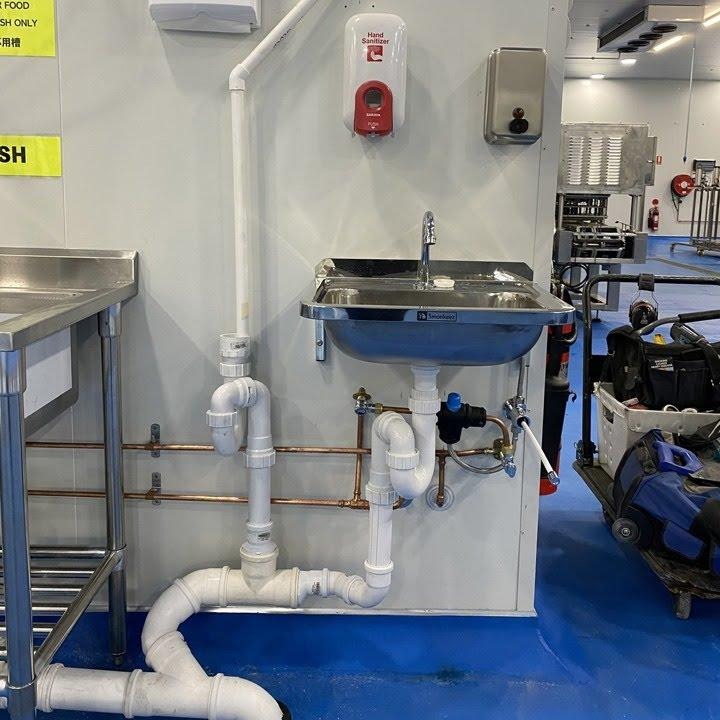Selecting the right boundary structure for your property involves more than picking the first option that catches your eye. The perfect fence, wall, or hedge serves multiple purposes—privacy, security, aesthetics, and property value enhancement. Whether you're a first-time homeowner or upgrading an existing boundary, these eight essential tips will guide you toward making an informed decision that you'll appreciate for years to come.
Assess Your Primary Purpose
Before exploring materials or styles, determine what you want your boundary structure to accomplish. Are you seeking privacy from neighbors, containing pets, enhancing security, or simply defining property lines? Each goal influences your choice significantly.
Privacy-focused boundaries typically require solid panels or dense plantings that block sight lines. Security needs call for taller structures with features that deter climbing or intrusion. Pet containment demands secure gates and appropriate height considerations. Decorative boundaries can be more open and artistic, focusing on visual appeal rather than function.
Every municipality has specific rules governing boundary structures. Height restrictions, setback requirements, and permit needs vary dramatically between locations. Contact your local building department to understand these regulations before making any decisions.
Homeowners' associations often impose additional restrictions on materials, colors, and styles. Review your HOA covenants carefully, as violations can result in costly modifications or legal disputes. Some areas also require utility marking before installation, protecting underground lines and cables.
Your landscape, soil conditions, and climate significantly impact which boundary options will work best. Sloped terrain may require stepped installations or terracing, while areas with poor drainage might rule out certain materials.
Wind exposure affects both material choice and installation methods. Solid panels create more wind resistance than open designs, potentially requiring stronger posts and foundations. Properties in harsh weather climates need materials that withstand extreme temperatures, moisture, and UV exposure without deteriorating quickly.
Each boundary material offers distinct advantages and challenges. Wood provides natural beauty and versatility but requires regular maintenance like staining or sealing. Vinyl offers low maintenance and durability but may have limited color options and can become brittle in extreme cold.
Metal options include aluminum, steel, and wrought iron, each with different maintenance needs and aesthetic qualities. Stone and masonry create permanent, elegant boundaries but require significant investment and professional installation. Living boundaries like hedges provide natural beauty and wildlife habitat but need ongoing pruning and care.
Boundary structure costs extend beyond initial materials and installation. Factor in site preparation, permits, professional installation, and ongoing maintenance when calculating your budget. Some materials require minimal upkeep, while others need regular attention to maintain appearance and function.
Professional installation ensures proper techniques and may include warranties, but DIY installation can reduce costs if you have appropriate skills and tools. However, mistakes in installation can lead to premature failure or costly repairs. When working with a reputable fence company in Salt Lake City or your local area, request detailed estimates that break down all project components.
Different materials demand varying levels of ongoing care. Wooden structures typically need annual inspections, periodic staining or painting, and replacement of damaged boards. Metal boundaries may require rust treatment and repainting, while vinyl options usually need only occasional cleaning.
Living boundaries like hedges require regular pruning, watering, and potential pest management. Consider your available time and willingness to perform maintenance tasks when selecting materials. Neglected boundaries deteriorate quickly and can become safety hazards or neighborhood eyesores.
Your needs may change over time, so consider how easily your chosen boundary can be modified or extended. Modular systems allow for easier additions or reconfigurations, while permanent installations like stone walls are difficult to alter.
If you plan to sell your property eventually, choose designs that appeal to broad market preferences rather than highly personal tastes. Neutral colors and classic styles typically offer better resale value than bold or unusual choices.
Complex installations, challenging terrain, or valuable properties often benefit from professional consultation. Experienced contractors can identify potential issues, suggest solutions, and ensure proper installation techniques.
For significant investments, consider consulting with landscape architects or designers who can integrate your boundary structure into overall property aesthetics. They may suggest creative solutions that enhance both function and visual appeal while working within your budget constraints.
The right boundary structure enhances your property's functionality, security, and aesthetic appeal while respecting regulations and budget constraints. Take time to research options thoroughly, considering both immediate needs and long-term implications.
Start by clearly defining your goals, then research local requirements and material options. Visit showrooms, examine installations in your neighborhood, and gather multiple quotes from reputable contractors. With careful planning and consideration of these eight key factors, you'll select a boundary structure that serves your property well for many years to come.




Want to add a comment?